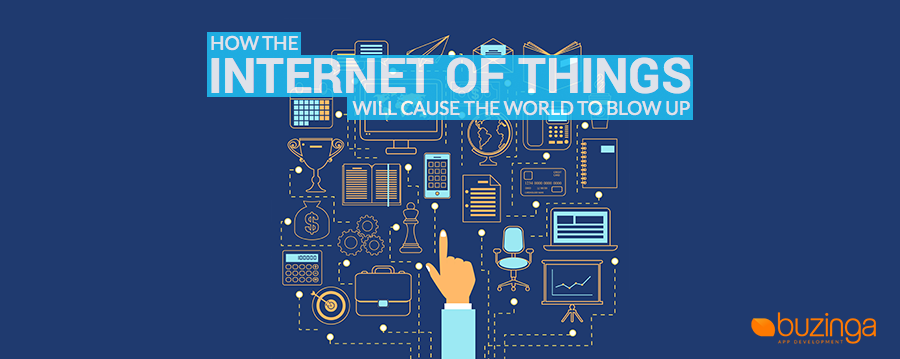The Internet of Things – the next silver bullet? – StartupSmart
Underground where the air smells of sulphur, rocks blast and danger is imminent, a key international mining company has broken a new frontier.
“We have actually taken the internet to a place that realistically it never should have gone,” says Dundee Precious Metals corporate director of IT Mark Gelsomini.
“We have coined the phrase ‘take the lid off the mine’. What that means is the mine is completely Wi-Fi enabled.
“…we have enabled our operation in an underground environment to be seen, viewed, and touched over internet access”.
The company is an innovator when it comes to the “Internet of Things” (IoT) – which is also known as the “Internet of Everything” (IoE). This describes the connection of objects via the internet, enabling the monitoring of operations and data collection to make real-time decisions that improve productivity, safety, the environment and revenue.
“We are transforming what we classify as a device – what is a device, and how is a device being used?,” he says. “In our case we are no longer distinguishing between a vehicle and a computer, the vehicle is a computer and we need that data.”
It is not only the big corporates that are engaging with the IoT, but businesses of all sizes are realising its potential. Cisco is celebrating all of the creative things companies are doing with the internet in the Cisco Internet of Things Innovation Grand Challenge.
If you’re a business startup or a team with technology-based prototypes and proof of concepts in development, you could win a share of US$250,000 to bring your innovation closer to reality. See below for the details.
Another great example of how the IOT is revolutionising business is The Road Safety Technology Centre in NSW, which is exploring advances in internet communications for the potential to decrease accidents rates and save lives.
The department’s manager John Wall says many road safety experts have questioned if any more can be done to make roads safer beyond seatbelts and breath testing, but he thinks the IoE could be a “silver bullet”.
“I thought, what would this situation be like in perhaps ten years’ time, five years’ time or fifteen years’ time, and would the ‘internet of everything’ actually be perhaps one of the biggest counter-measures for road safety that we have seen?”
Wall gives the example of technology monitoring eye movements to search for driver fatigue, then sending that information via the internet back to the vehicle for driver safety monitoring. Another example is that a car’s technology could detect a dangerous wet patch on the road, and automatically send that information via the internet to nearby vehicles.
At major trucking company Linfox, CIO and president supply chain solutions and implementations John Ansley says the IoT is boosting driver safety, environmental sustainability and reducing operational costs.
“In Western Australia where we’ve pulled all this together really well in the mining fleet that we have, by tracking and analysing the data we have been able to improve our turnaround times by about 18%, and we’ve pulled about 25% of our trailer fleet out, by knowing where it is now and being able to make sure we drive utilisation,” he says.
Ansley says these changes have led to better safety and cost savings for the business and customers.
The innovations by these companies are just the tip of the iceberg for the potential of the IoT. The Cisco IoE Value Index study estimated that the IoE would have generated around $613 billon in global corporate profits during 2013.
The report found that nearly half of the executives surveyed think that the IoT will lead to higher wages at their companies, and one-third believe it will drive higher employment levels at their firms.
Learning about the currency market, how to place trades and the terminology of trading are key to training. Morgan says watching other traders in action is an essential learning tool.
It is not only the big industry companies that are engaging with the IoT to enact innovation – many startups and SMEs are also. It is not just about connecting devices and gathering data, but also automating activations and increasing productivity and customer service.
Areas such as supply chain logistics, reducing time to market, labour efficiencies and administration systems can all be improved by engaging with the IoE.
Startups or teams with technology-based prototypes can enter the Cisco Internet of Things Innovation Grand Challenge, and the best ideas could win a share of $ US$250,000 to put towards IoT operations. To learn more about the competition and see more from the case studies mentioned above, visit: https://www.ciscoinnovation.com.au/

